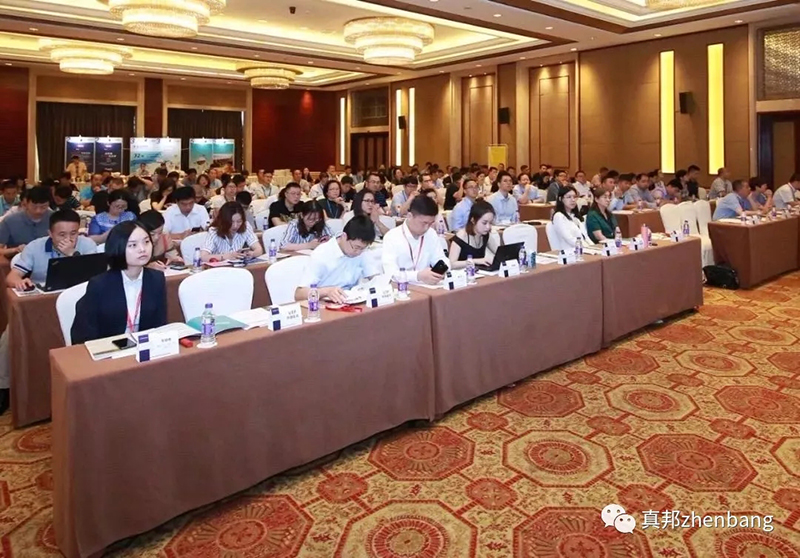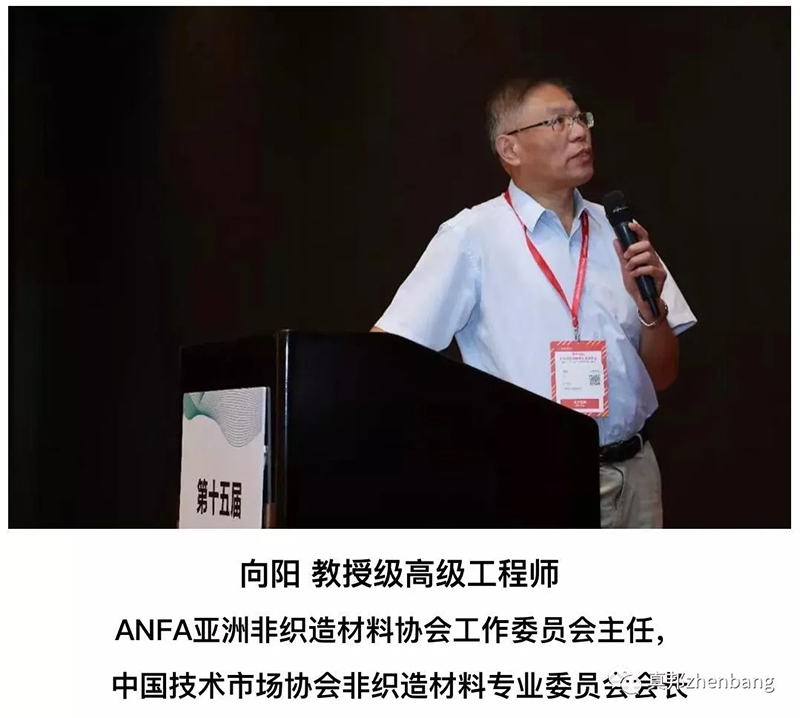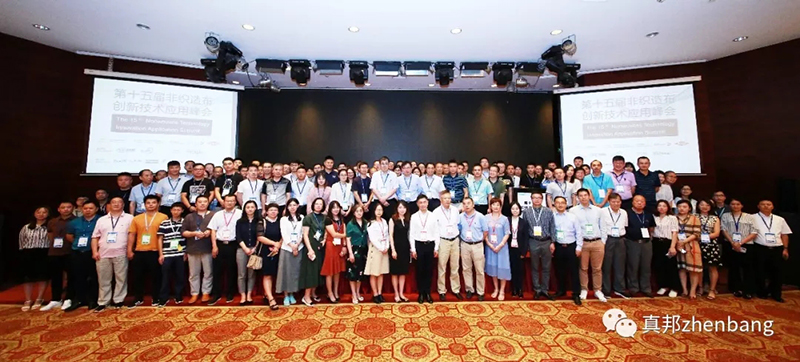The 15th nonwovens innovation technology application summit was held in Hangzhou

The 15th Nonwoven Innovative Technology Application Summit officially kicked off at the Sanli New Century Grand Hotel Hangzhou. Our company's General Manager Mr. Zhang attended the summit in Hangzhou and engaged in discussions with over 160 renowned experts from the fields of nonwovens and medical-hygiene materials, as well as enterprises from industries such as diapers, sanitary napkins, wet wipes, facial masks, and medical care, along with raw material suppliers, machinery and equipment manufacturers, associations, and academic institutions. Together, they explored the latest trends in the market, technology, processes, and applications within the nonwoven sector.
Among them, the President of the Nonwoven Materials Professional Committee of the China Technology Market Association discussed the market and future development trends of the nonwoven industry with the participating guests.

Nonwovens are one of the most innovative and rapidly developing fields in recent years. By 2020, the global nonwoven materials market is projected to grow from $37.4 billion in 2015 to $50.8 billion. Despite being impacted by the expected pace of global economic recovery between 2015 and 2020, the market still grew by $13.4 billion, or 36%, indicating robust development in the nonwoven industry. President Xiang Yang analyzed market trends in the nonwoven materials market using extensive data and empirical evidence, and provided detailed explanations on the research and development status and current situation of the nonwoven industry in Europe, North America, and Asia.
He pointed out the nonwoven material application areas with the most growth and development potential: The filtration sector based on "cleanliness and purity" continues to grow at a rate 3-4% higher than GDP; in the automotive/transportation sector, the application of nonwoven materials maintains strong growth, replacing traditional materials through engineered designs, such as using nanofiber materials and composite media in filtration, or adopting layered composite materials to achieve lightweighting, noise reduction, thermal insulation, and improved vehicle fuel economy; the research and development of high-value-added materials, complex and sophisticated medical and wound care fields, including extremely high-value and cutting-edge implantable products, will become new high-growth areas once breakthroughs are made in technology and materials science.
President Xiang Yang also focused on the situation of the wet-laid and filtration nonwoven materials market, which has seen significant growth in recent years. Due to their low cost and sustainability, wet-laid nonwoven processes continue to be a popular choice, especially in the rapidly growing wiping cloth market. Between 2018 and 2023, wet-laid nonwoven materials are expected to grow from $700 million to $1.8 billion, with a compound annual growth rate of 5.6%. The key drivers include the pursuit of convenience and demand for high-quality products. Filtration nonwoven materials are projected to grow from $3.5 billion in 2014 to $4.6 billion in 2019, with a compound annual growth rate of 5.6%.
Finally, he shared insights on the ISO 9092 definition of nonwoven materials and the ISO 9073 standards for test methods of nonwoven materials. He introduced the requirements for working standards on nonwoven materials in each country and analyzed key sub-industries. He believes that although the market is affected by the overall economic environment, nonwoven materials still have a promising outlook overall due to their ability to meet the diverse and high-end needs of multiple application markets.


